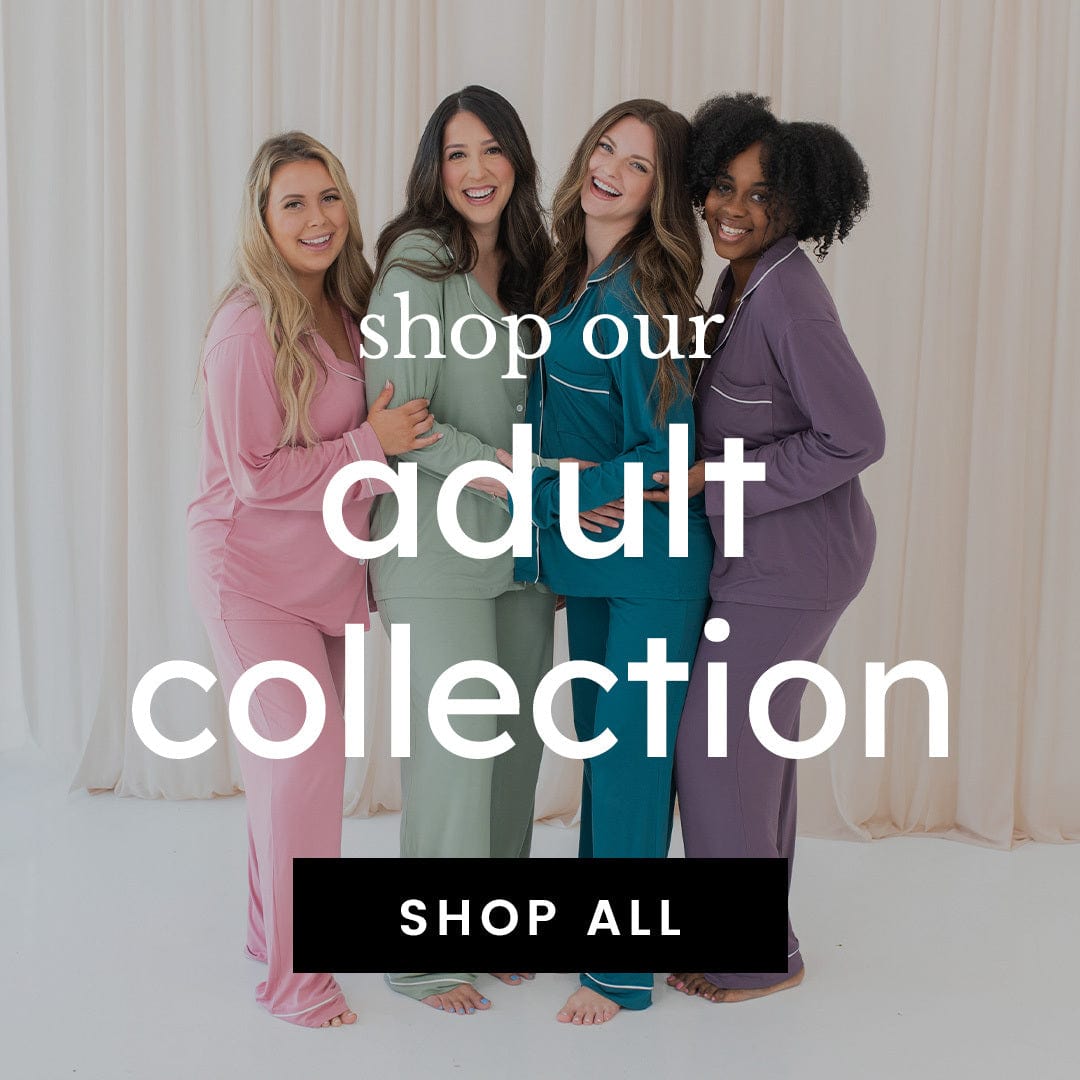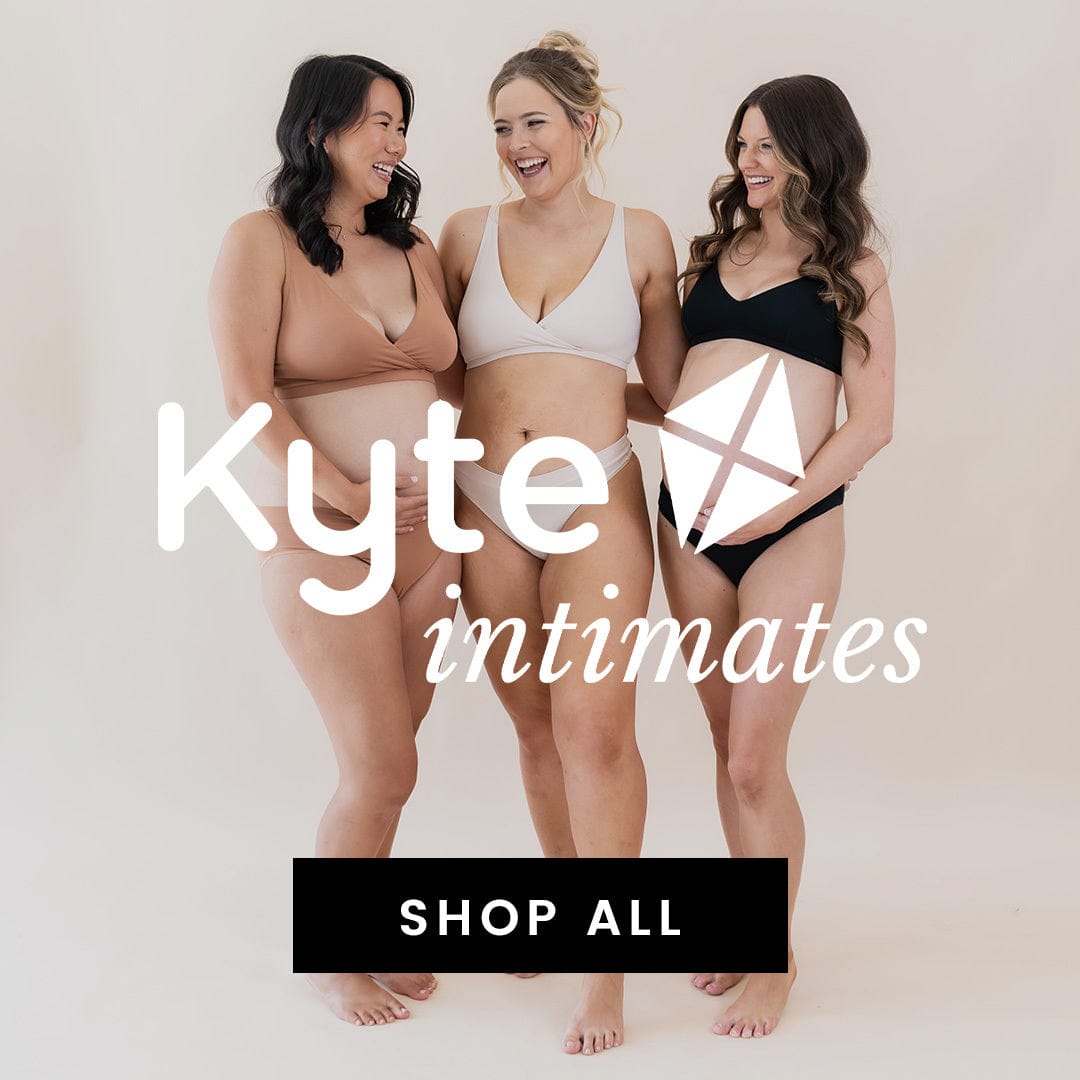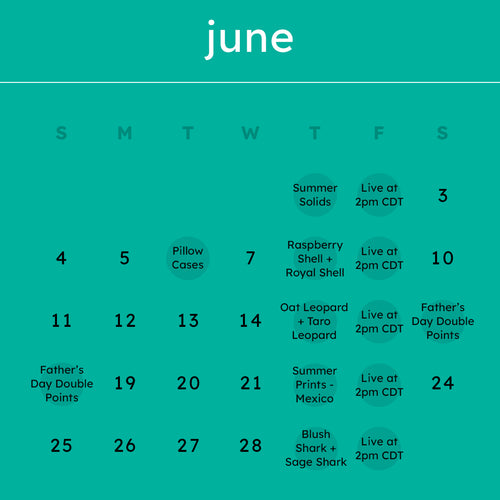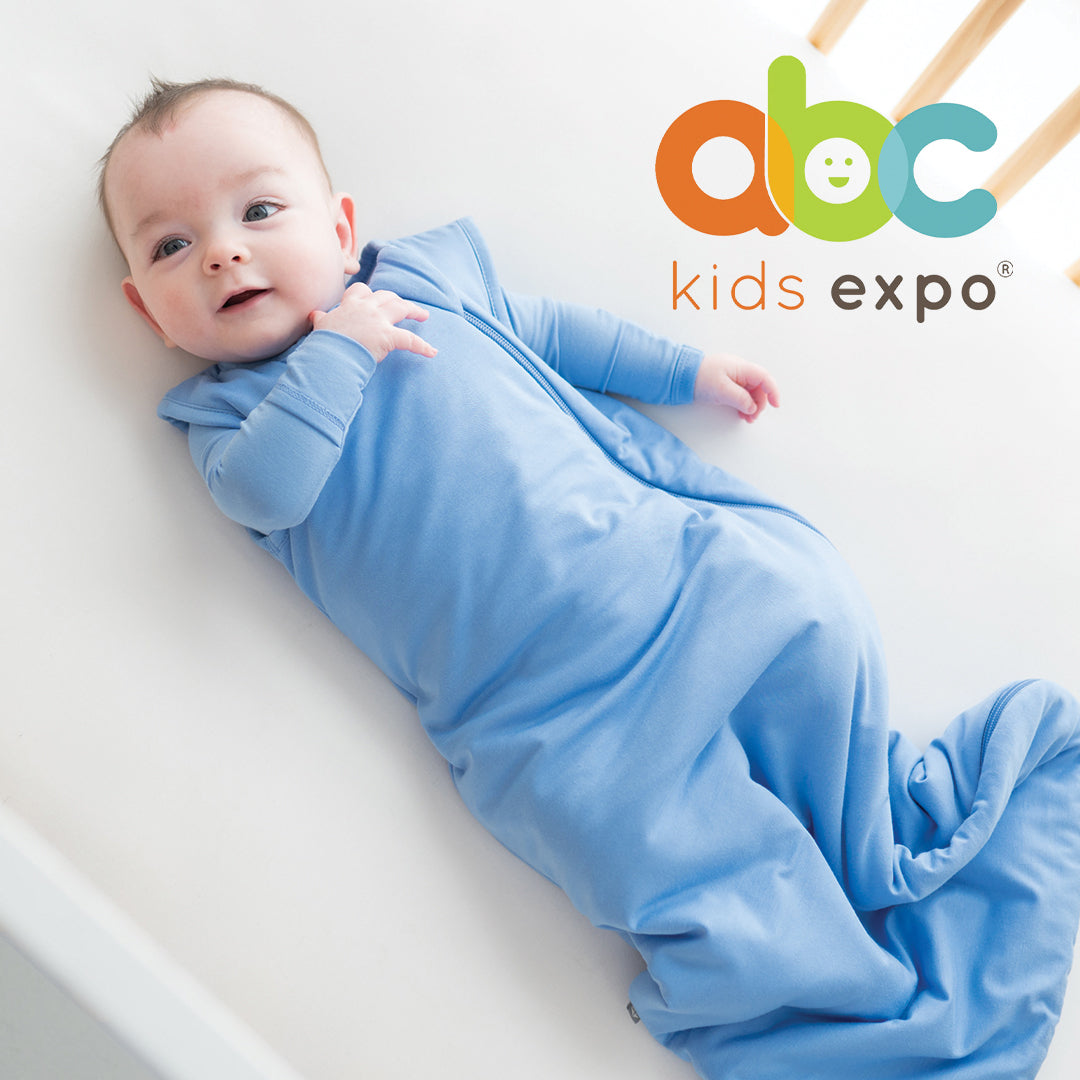With all the baby products marketed toward helping babies fall asleep and stay asleep (there are a lot), it’s no wonder that parents may be confused about what’s actually safe for sleep and what isn’t. While we’d like to assume that every sleep-related product on the market is safe to use, it is really up to parents to educate themselves on what safe sleep practices are and implement them. The reality is that there are many products that are unregulated or have slipped through the cracks because they don’t fall into strictly regulated categories, like cribs or bassinets.
What does safe sleep mean?

Safe sleep typically refers to the ABCs of sleep: Alone, on their Back, in a Crib (or other safe sleep approved space). The American Academy of Pediatrics (AAP) has published many other safe sleep guidelines, but those are considered protective factors (meaning they don’t increase the risk of SIDS, they’re an extra layer of protection). The ABCs of sleep are considered preventative factors, and that’s why they’re the most important practices to follow.
Safe Sleep Standards

Along with the ABCs of sleep, the AAP recommends the following for safe sleep standards/guidelines:
- Room share for 6 (or more) months
- Use sleep sacks instead of blankets
- Do not use any weighted products for sleep
- Use a pacifier for sleep if your baby takes one
For more guidelines, here are resources to read:
Safe Sleep Spaces for Babies

A safe sleep space for babies (including newborns) will be labeled a crib, bassinet, or playard/pack-n-play.
If it is labeled as a “sleeper” or “lounger,” then it should only be used for supervised awake time and not any sort of sleep, supervised or unsupervised.
However, it’s also important to note that not every safe sleep space is safe for every age. For example, bassinets typically have a size or ability limit, which means that they are only safe for sleep until your baby outgrows their bassinet by height, weight, or development (e.g. rolling)—whichever happens first. Some playards and cribs also have size and ability limits, as do toddler beds (which are often just converted from cribs) so it’s important to note that even the safest of sleep spaces is only safe when they are being used properly.
If you’re looking for more specific recommendations as well as how to transition out of these various safe sleep spaces, check out these blogs:
- Transitioning from the SNOO to the Crib
- Transitioning from the Bassinet to the Crib
- Easing the Transition from the Halo Bassi-nest to the Crib
- Transitioning Baby to Their Own Room
- Make the Transition from the Crib to the Toddler Bed Easy
- Guide to Sleep Spaces: Ages & Stages
Author Bio:
Ashley Olson is a certified pediatric sleep consultant, owner of Heaven Sent Sleep and The Collective for Family Rest and Wellness, and is passionate about helping new parents, experienced parents, desperate and sleep-deprived parents form healthy sleep habits for their children.
She has over 5 years of experience in working with families and has completed over 150 hours of coursework plus continuing education related to infant and toddler sleep. The focus of her work is on fostering a routine that grows your bond with your child while improving their sleep habits. She specializes in custom sleep plans and one on one support in changing sleep practices!















